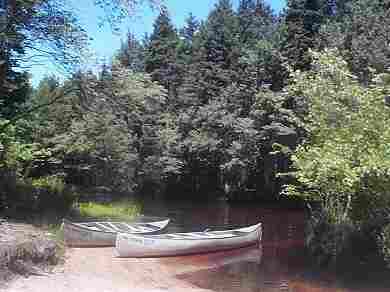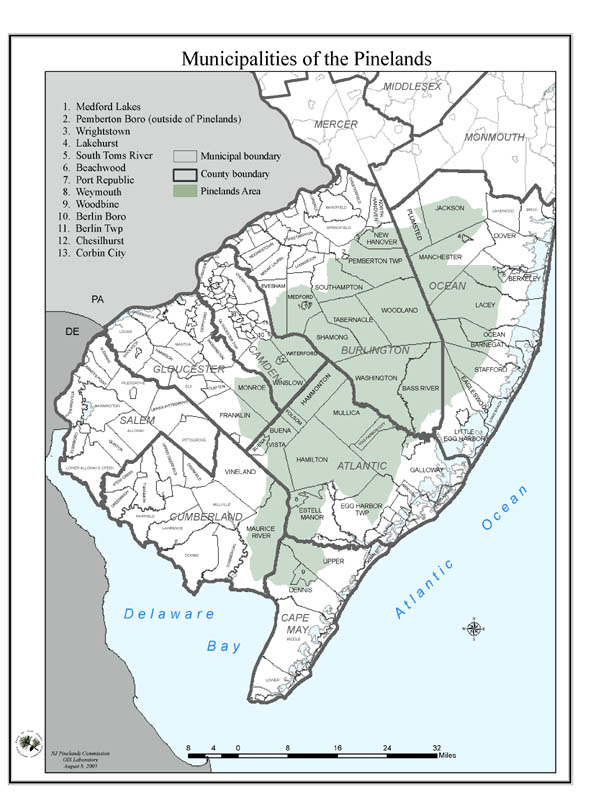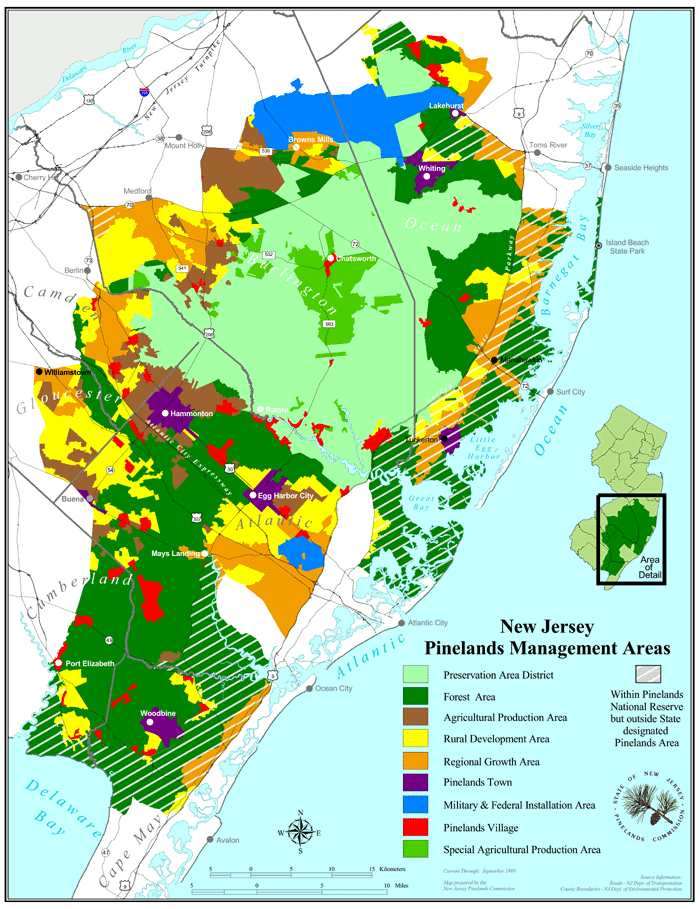"Most people think of New Jersey as a suburban-industrial corridor that runs between New York and Philadelphia. Yet in the low center of the state is a near wilderness, larger than most national parks, which has been known since the seventeenth century as the Pine Barrens.
The term refers to the predominant trees in the vast forests that cover the area and to the quality of the soils below, which are too sandy and acid to be good for farming. On all sides, however, developments of one kind or another have gradually moved in, so that now the central and integral forest is reduced to about a thousand square miles. Although New Jersey has the heaviest population density of any state, huge segments of the Pine Barrens remain uninhabited. The few people who dwell in the region, the "Pineys," are little known and often misunderstood. Here McPhee uses his uncanny skills as a journalist to explore the history of the region and describe the people―and their distinctive folklore―who call it home."
Article from the New York Times: http://www.nytimes.com/2012/06/22/books/john-mcphees-pine-barrens-a-new-jersey-must-read.html
Article in The New Yorker about McPhee: http://www.newyorker.com/books/double-take/eighty-five-from-the-archive-john-mcphee
A Pine Barrens Site: http://www.pineypower.com/geninfopbpg10.html
Pine Lands Alliance Site: http://www.pinelandsalliance.org/ecology/
National Park Service Site: https://www.nps.gov/pine/learn/index.htm
A 2015 article regarding the Pine Barrens:
http://www.app.com/story/news/investigations/2015/06/22/new-jersey-pinelands-stress/28894731/
An Analysis by a Master Naturalist: http://mamajoules.blogspot.com/2011/04/analysis-of-john-mcphees-pine-barrens.html
Recent Bus Tour Description in 2016 of the Pine Barrens: http://www.phillyvoice.com/groundbreaking-book-inspires-bus-tour-of-the-pinelands/
This is the tour site mentioned above for the Pine Barrens: http://www.pinelandsadventures.org/adventure/tour-john-mcphees-pine-barrens/
Philly Magazine: 13 Things you might not know about the Pine Barrens: http://www.phillymag.com/news/2016/02/12/pine-barrens-new-jersey/
Discussion Questions: (John Shiver will be leading the discussion, using his questions below.)
1.
Have you ever visited the Pine Barrens? What were your impressions? Do you know any
one from that area?
2.
Fact versus Fiction. What were your favorite
tall tales of the Pine Barrens? What did
you think of Fred Brown’s memories versus other sources, e.g. Mexican plane
crash, the Jersey Devil?
3.
How did the Pine Barrens unique geology lead to
its relative isolation, despite its proximity to NYC and Philly? What are some
of the unusual features of the Pine Barrens such as soil, water, minerals,
plants, fruits, trees, fires?
4.
How did these resources contribute to its
history of industry and occupation?
5.
How balanced and fair is the longstanding
outsider perception of ‘Pineys”? Where did these perceptions come from?
6.
What are your thoughts about the contradictions
around life in the PB, i.e. poaching, fox hunting, moonshining, land ownership,
willing to do hard work but not holding a steady job, etc.
7.
What are some of the Pine Barrens gifts to our
times?
8.
How did McPhee’s book contribute to preserving
the Pine Barrens? How different is it today from 50 years ago?








